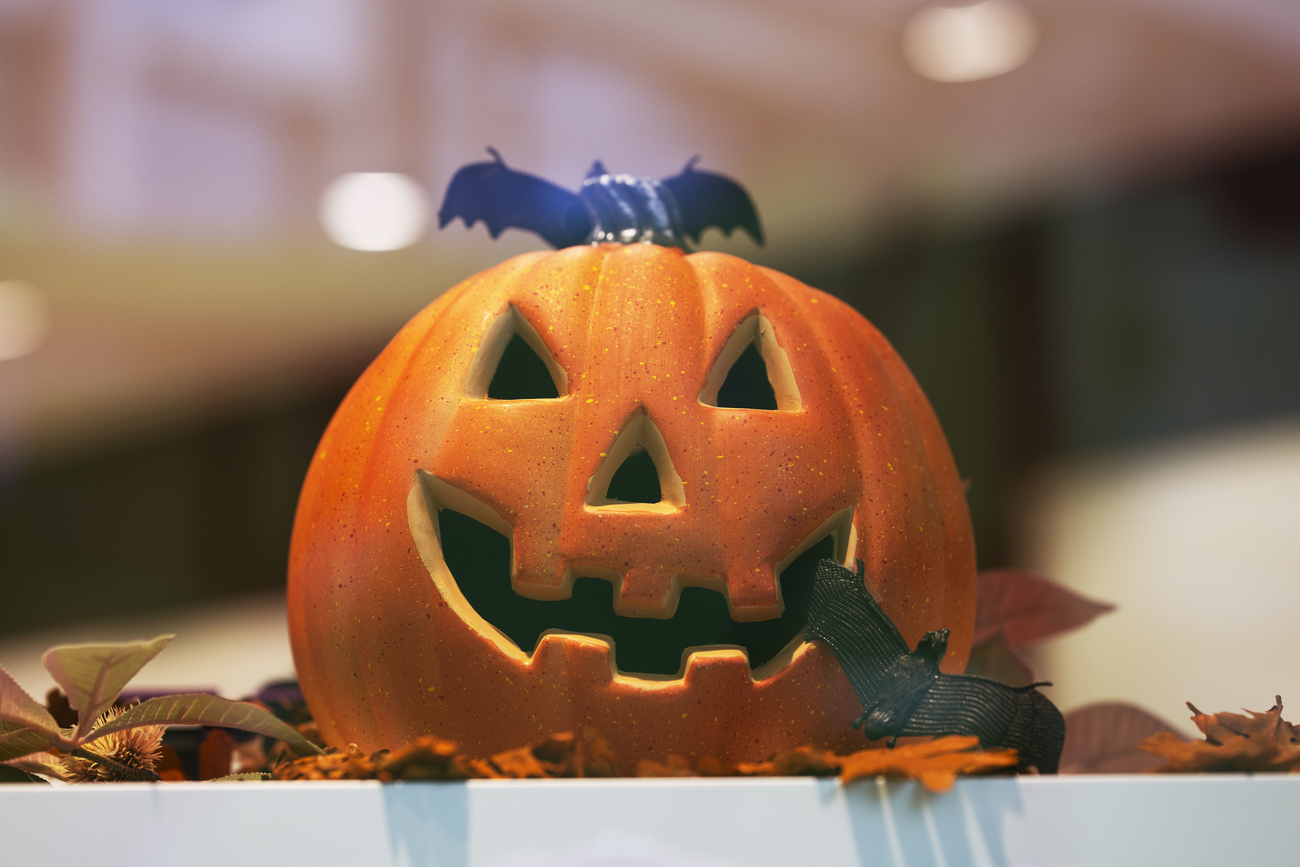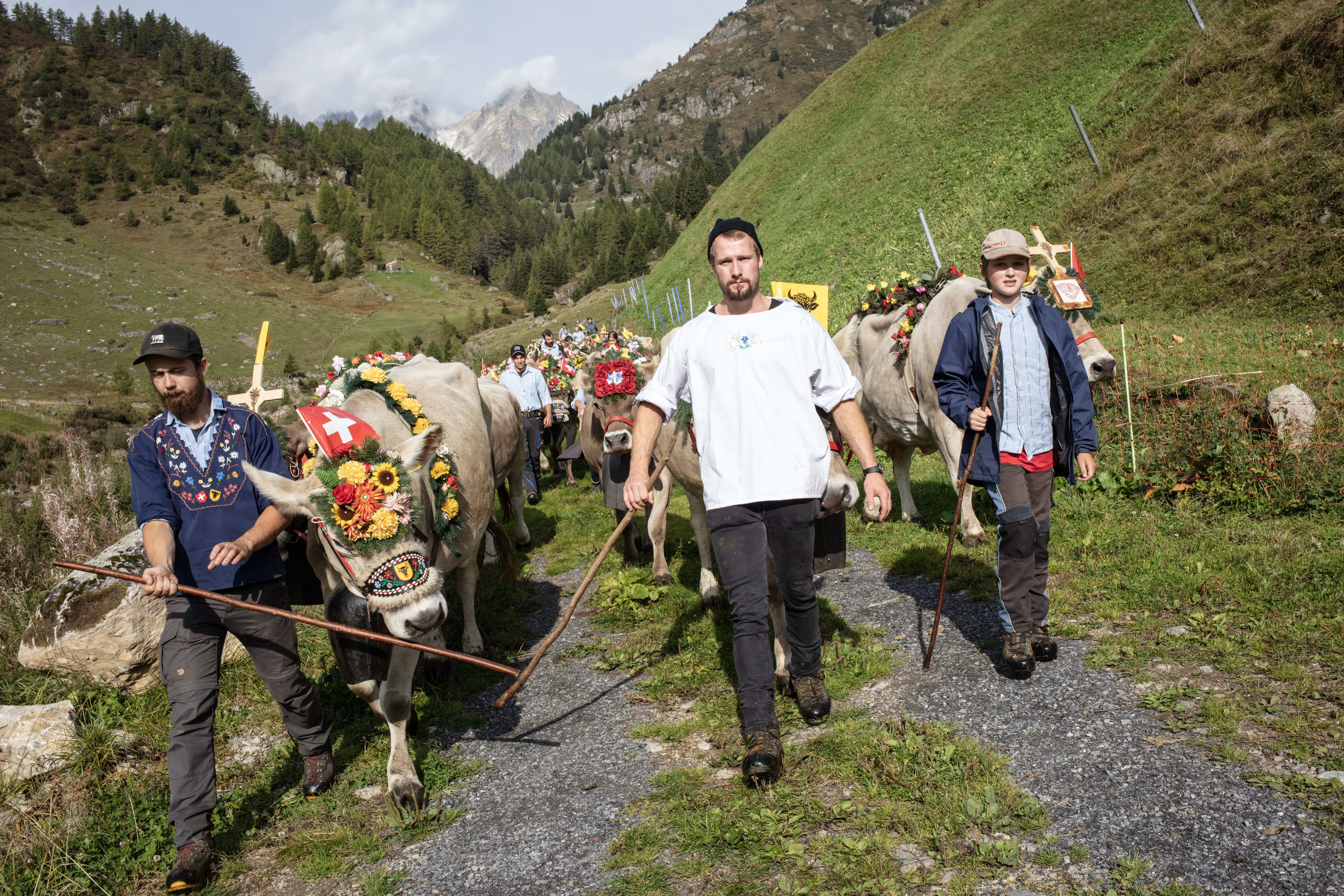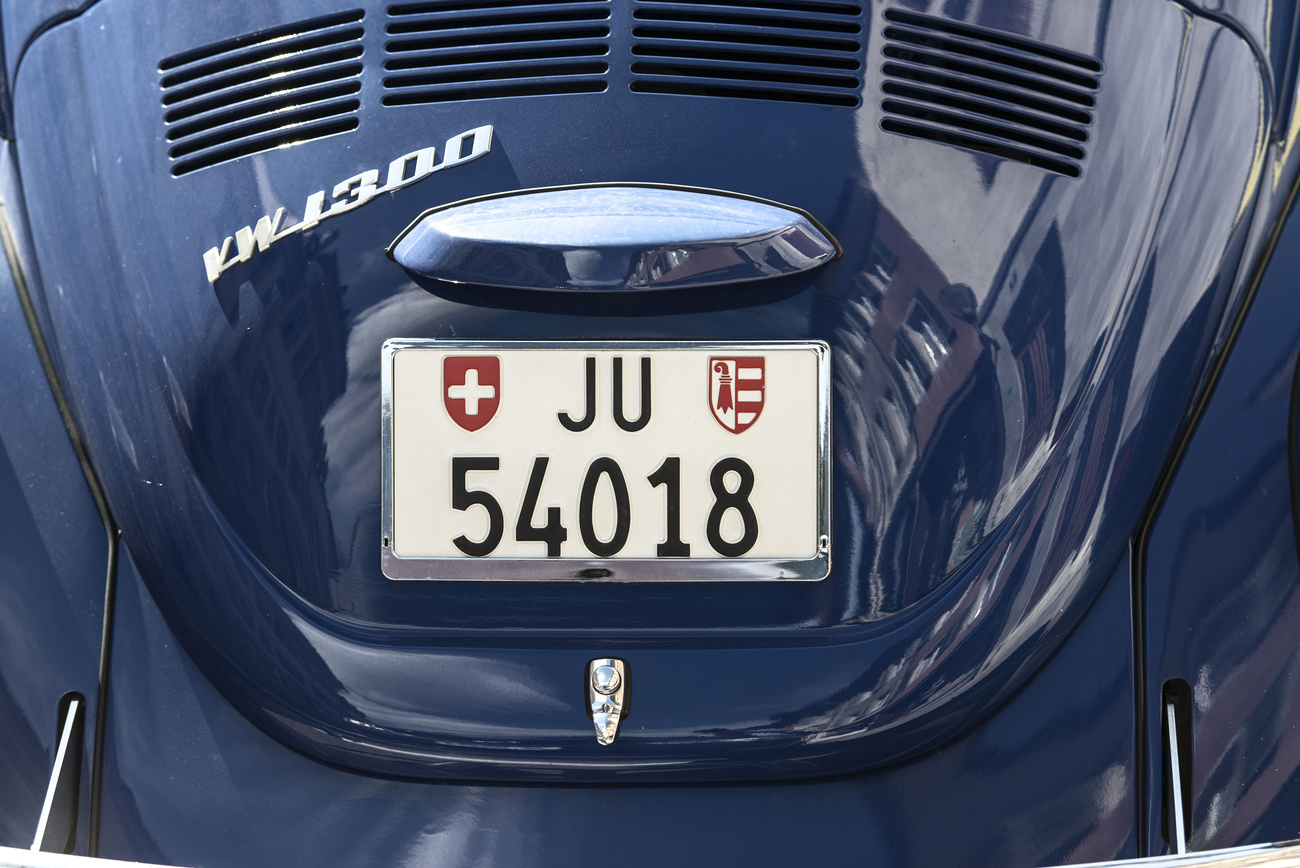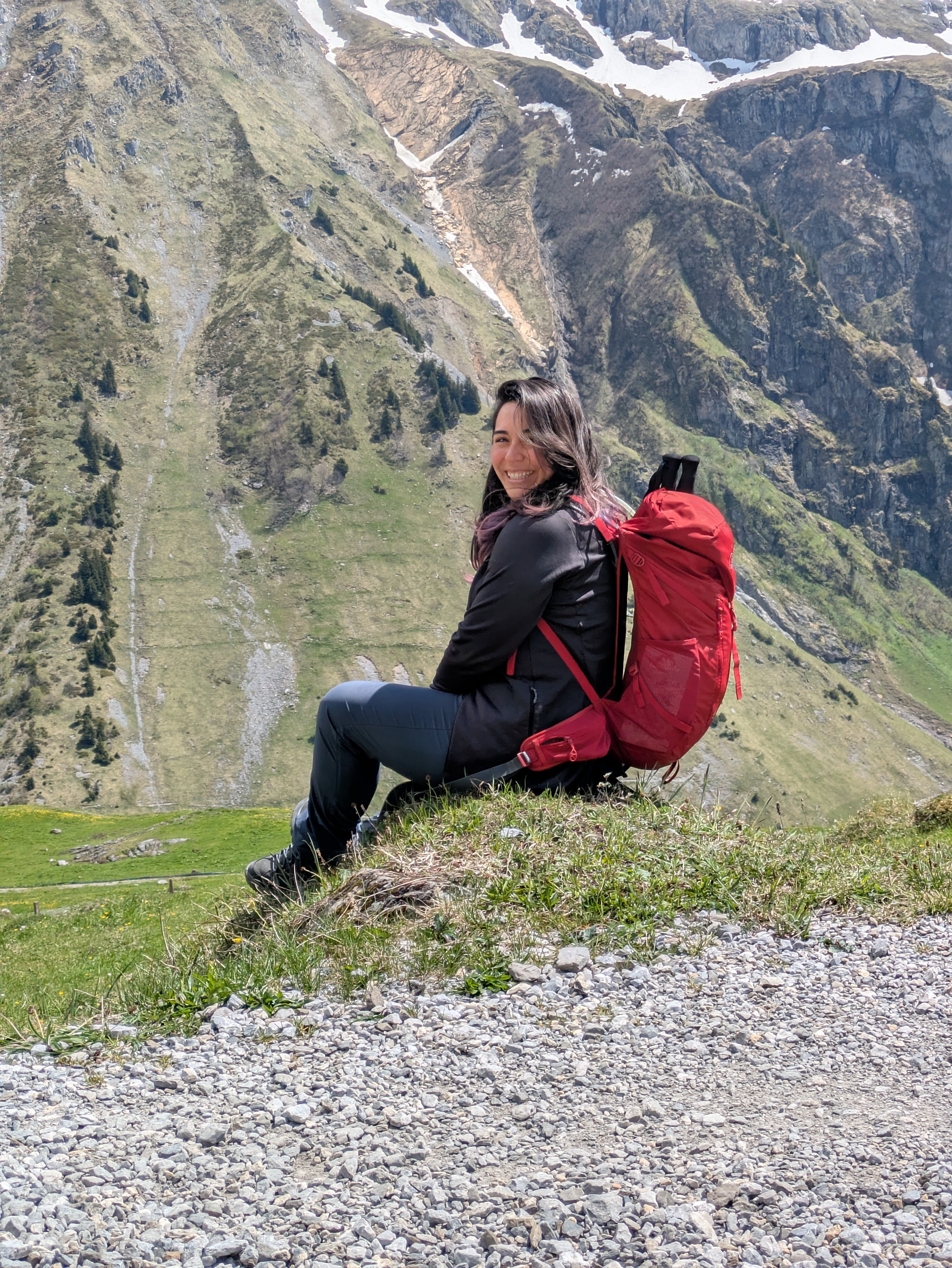
St Bernard rescue dogs seek new homes

Swiss monks have announced that they will be selling their St Bernard rescue dogs, famous for saving avalanche victims in the Alps.
The monks say they do not have the resources to look after the dogs, whose skills have been superseded in recent times by modern inventions such as helicopters and heat sensors.
For centuries the dogs have been a fixture at the St Bernard hospice, which is situated at an altitude of almost 2,500 metres on a pass that leads to Italy.
Over the years, the St Bernards are estimated to have rescued more than 2,000 travellers.
But the Augustinian monks at the hospice have decided to give up the dogs in order to devote more time to needy people.
The 18 dogs housed at the hospice will, however, only be sold to owners who promise to bring them back each year.
“They [the dogs] need a lot of time and energy. There are only four of us monks now,” said Brother Frederic, a monk at the hospice.
“Maybe we need to spend more time with people who ask for it,” he added.
Changing roles
The dogs, which eat up to 2kg of meat a day and weigh as much as 64 kg, have not rescued anyone for 50 years.
Although their role as lifesavers has been gradually taken over by helicopters and thermal-imaging equipment, the dogs still remain a firm favourite with tourists.
They will be sold to new owners willing to bring their charges back to the hospice for the summer, and who ensure the breed is continued.
“They’re not being sold to just anyone. All that is changing with the dogs is the ownership,” said Pierre Troillet, president of the Swiss St Bernard Association.
He added that the dogs were no longer kept on the pass in the winter, and only made an appearance during the summer tourist season.
Long history
The St Bernard Pass and the dogs have had a long and varied history. The Romans built a temple to Jupiter on the pass, and historical figures such as Hannibal and Napoleon have all used the alpine route.
St Bernard built the hospice on the pass in the 11th century, and a community of monks was formed there to help travellers and rescue avalanche victims.
The monks say the first dogs were probably a gift from rich local families and that the monks began to use the dogs for rescues in the early 18th century.
They still relate the story of one legendary dog, Barry, who carried out a record 41 rescues.
The dogs are ideal mountain life-savers: their strength and surefootedness allows them to climb with ease, their thick coats keep them warm and their keen noses can smell victims buried deep under the snow.
“Even if there was two or three metres of fresh snow, they were able to make a track in the snow so travellers could find their way. They could also find travellers lost in avalanches,” said Brother Frederic.
However, the dogs never carried a small bottle of brandy to help revive the people they found in the snow. This was a detail added by 19th-century artists and writers.
swissinfo with agencies
St Bernard dogs were first recorded as doing rescue work from the early 18th century.
The legendary Barry holds the record for 41 rescues in the early 1800s.
In total, the dogs have rescued more than 2,000 people over the centuries.

In compliance with the JTI standards
More: SWI swissinfo.ch certified by the Journalism Trust Initiative






























You can find an overview of ongoing debates with our journalists here . Please join us!
If you want to start a conversation about a topic raised in this article or want to report factual errors, email us at english@swissinfo.ch.